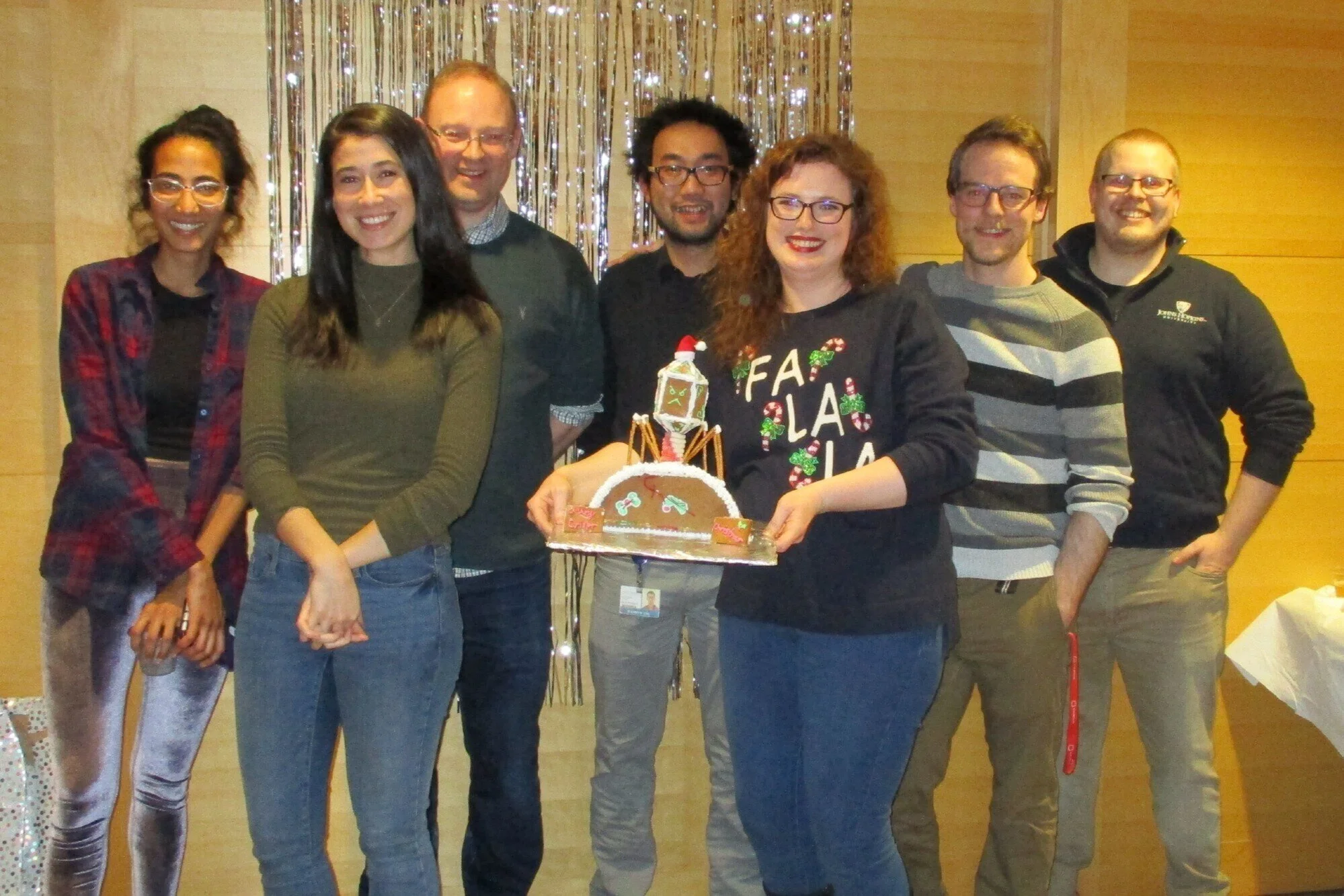In the news you might only hear about CRISPR-Cas9, but there are actually several types of CRISPR systems – and the most common are Type I systems, defined by the cas3 gene. In 2011, Sabin Mulepati, then a PhD student, and Scott Bailey were used x-ray crystallography and biochemical analysis to characterize the HD domain of the Thermus thermophilus Cas3 – read on to learn what they found out.
Read MoreThe 2020 Nobel Prize in Chemistry was awarded to Emmanuelle Charpentier and Jennifer Doudna, for their work in developing the microbial immune system into genome editing tools.
Read MoreThis week the Bailey Lab launched our CRISPR Primer, created to help people understand CRISPR systems, with a focus on the Type I and III systems that we study.
Read MoreOn July 31, 2020 Anita Ramachandran defended her thesis, “Mechanisms of Acquiring Memory for CRISPR-Cas Adaptive Immunity.” Congrats Dr. Ramachandran!
Read MoreThe Bailey Lab wishes John Mallon luck as he leaves our lab to start a postdoctoral fellowship in Alexandre Bisson’s lab at Brandeis University.
Read MoreThe Bailey Lab has received support from the Walder Foundation’s Scientific Innovation pillar, with gifts to support both research and communications activities.
Read MoreCRISPR array spacers need to be in the correct orientation for the CRISPR system to work. In a new paper, our lab showed that in E. coli, asymmetrical trimming of prespacer overhangs by certain exonucleases helps the system insert spacers correctly.
Read MoreThe Bailey Lab’s gingerbread model of bacterial cell’s Crispr system fighting off an attempted bacteriophage infection won this year’s gingerbread contest at the Biochemistry and Molecular Biology Department holiday party.
Read MoreCheck out this video about the new Cryo-EM microscope at the Beckman Center for Cryo-EM at Johns Hopkins.
Read More









